Panier
Close
- No products in the cart.
Sous total (Hors frais de livraison)
0,00€
Payer
Expédition et livraison
Réparation et maintenance
Before we get to some tips on how to best inflate your wing, let’s talk about the basics: what equipment do you need to wingfoil? Our new passion consists of a float, a foil and a sail (also known as a wing). Not forgetting the wing leash, the board leash and, for your own safety, a helmet, an impact vest and a neoprene suit.
And adjusting your equipment is, admittedly, less complicated than windsurfing, but if your wing is under-inflated or over-inflated, you risk ruining your session…
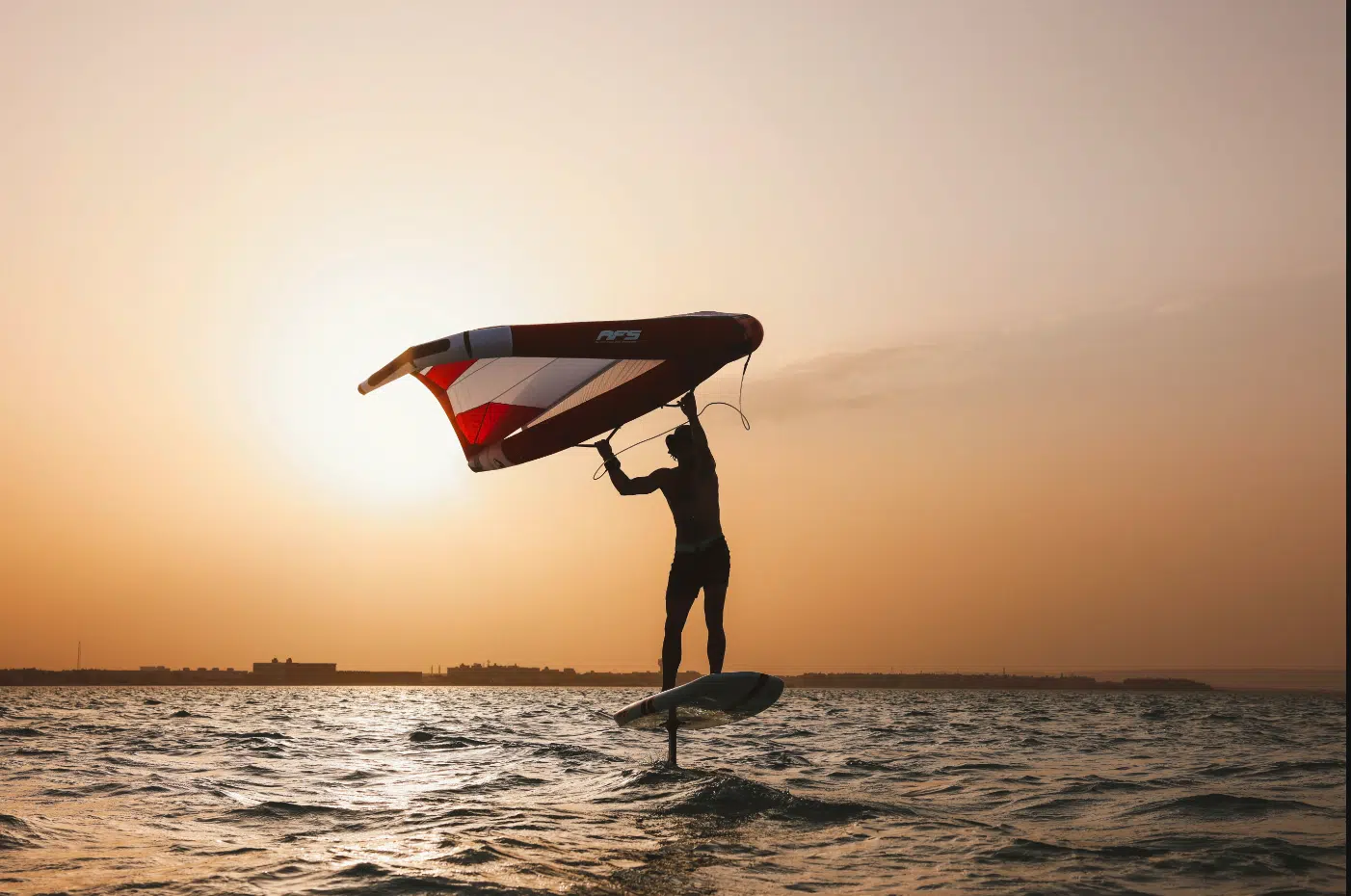
If you’re a wingfoil beginner, you’re probably wondering what a wing is made of. After all, it’s made in a number of precise stages, and technical materials are used to ensure its performance and durability.
In wing foil, most wings are made up of two inflatable bladders. The first bladder is the leading edge, and is also the largest. The second is the central batten.
In wing foil, most wings are made up of two inflatable bladders. The first bladder is the leading edge, and is also the largest. The second is the central batten.
Add handles or a wishbone to hold the wing.
And for a better understanding of the general condition of a wingfoil, remember also the trailing edge (or leech), which is the rear. Also the ears, which are the two ends of the leading edge.
Then there’s the one pump that connects the two bladders on most wings. This is a small rubber tube with a locking clip. This ensures that you always have one of the two bladders inflated when sailing, so that your wing can float in the event of a problem.
Some wings also feature a pvc window. This is to avoid danger to the rider and to provide visibility before making a transition.
Finally, on some wings, there are even tiny battens on the leech to give them a better profile and a certain stiffness.
The advantage of wingfoiling is that it’s much quicker than most other water sports to adjust your glider.
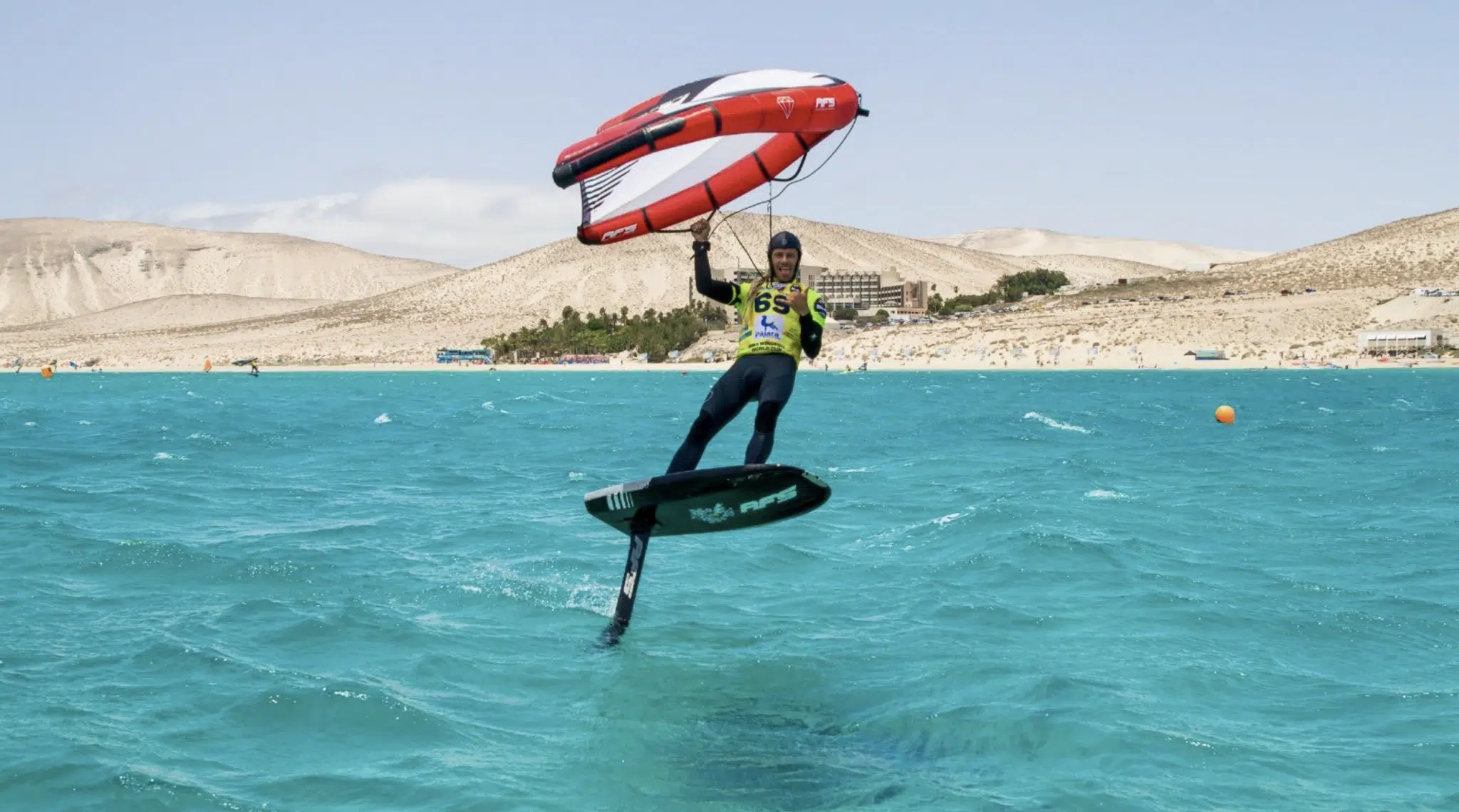
To put air into the two bladders, the rider simply needs a hand pump and hose with the right nozzle. Some brands have their own pump. However, if you change wing and the tip is different, adapters are readily available in shops and on the Internet.
There are three types of pump: single-action, double-action (goes twice as fast) and electric for those of you in a hurry.
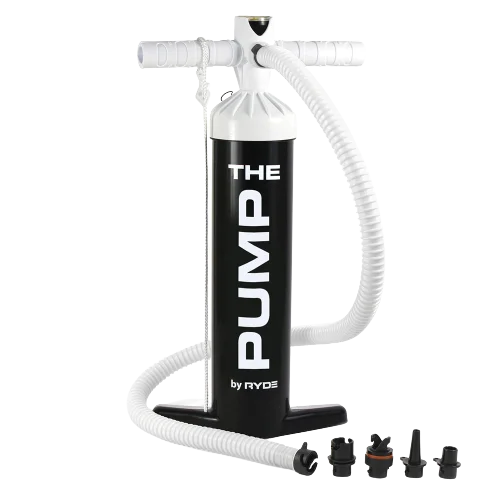
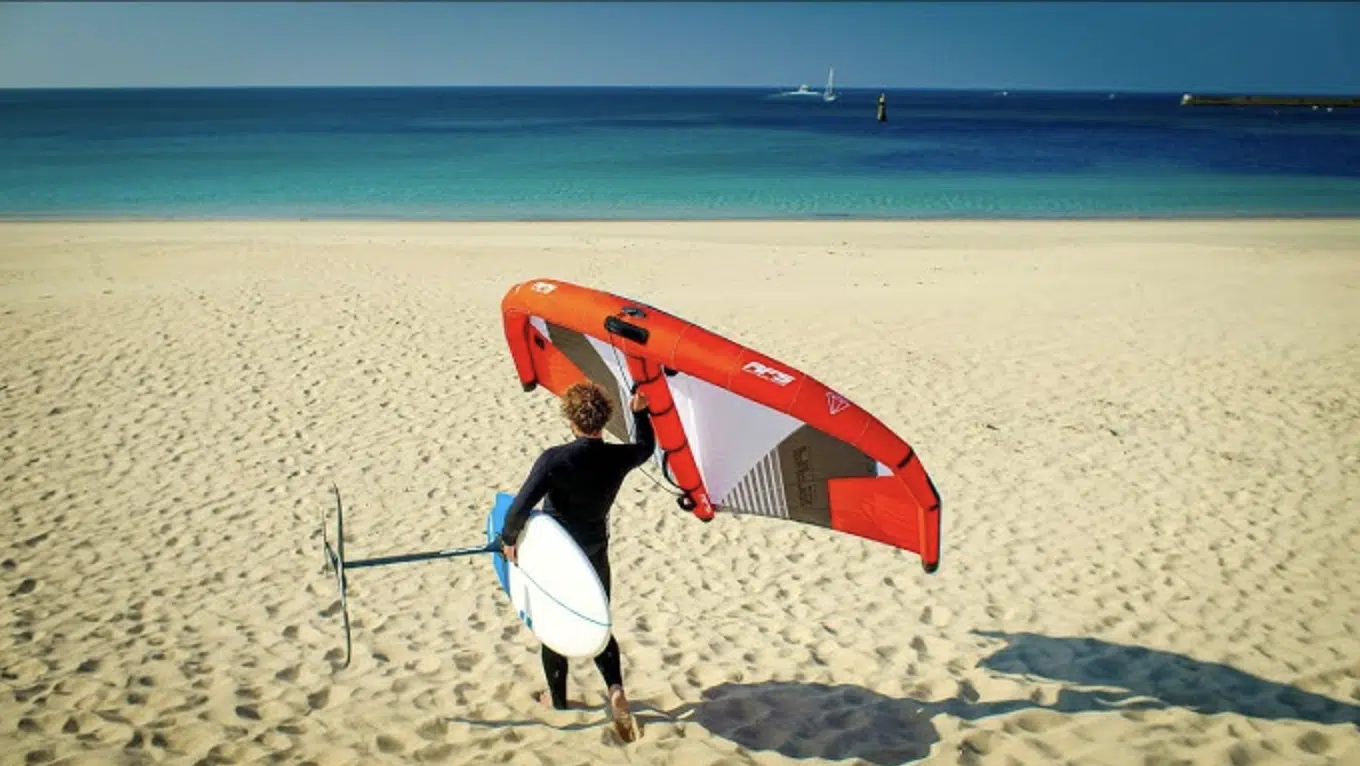
Here are a few instructions to make your wing last as long as possible.
First of all, you need to choose an uncluttered surface: make sure it’s clean, with no bits of glass or thorns on the ground. It’s sometimes better to inflate your wing on asphalt or sand than on grass, where you can’t see everything on the ground. This may save you from puncturing the bladders.
Don’t neglect the valve(s): check that they’re closed properly after inflation to avoid leaks.
On the other hand, sometimes we can’t wait to get out on the water. Maybe it’s been a long time since we’ve had a good session on the water, either because of lack of time or lack of wind. In that case, you may be over or under-inflating your wing. Here are some mistakes to avoid:
Excessive pressure: if your wing is over-inflated, it may explode on impact or on contact with the ground. Especially at high atmospheric pressure. Or simply without touching anything. That’s why it’s so important to inflate gently, because sometimes you can get a hernia (knot) in the bladder if you’ve folded your wing incorrectly beforehand.
insufficient pressure: Too little pressure deforms the sail, affecting stability and performance, especially with acceleration on the water.
We sometimes tend to pack up our gear quickly after a good wing foil session. Because we’re happy to have ridden well and the aperitif is waiting to celebrate! But have you ever thought of pampering your wing when you don’t need it, especially for several days or even weeks?
To prolong the life of your wing, it’s great if you can rinse it in fresh water (for sea cruising). But in some regions, especially in summer, it’s important not to waste drinking water. However, we can still take care of our wingfoil gear. Salt and especially sand are frankly not good for fabrics… it damages them.
Take a few minutes to dry your wing. It’s a good idea to lay it flat (not suspended, to avoid a hernia if the bladder moves unintentionally), with no obstacles around it. And tied to something to keep it from flying away (you have a leash). As soon as it’s dry (or nearly dry), shake it gently to remove any sand or seaweed, and put it back in its bag straight away. When it’s no longer wet but has been in the sun too long, it’s not so good either, because of the UV rays. This applies mainly to inflatable bladders. Similarly, a soaked and folded wing can gradually damage the materials of which it is made. All the more so as there may be harmful products in the sea, ocean or even a lake. At worst, you can dry your wing at home! Remember to store it high up, in a closed bag (if in a cellar), in a cool, dry place.

Although the brands have worked hard in recent years to ensure that we can sail… and enjoy some very, very nice wing foil sessions, a wing is nevertheless more fragile than a stand-up paddle or windsurfing equipment. Starting with the bladders, but also the various sail fabrics. Or the valves.
In almost every wings bag, you’ll find a small repair kit. As long as the impact or tear is slight, you can repair it yourself if you can. However, there are professional repairers, the sailmakers, to whom you can entrust your gear. It usually takes about ten days for your sail to be seaworthy again. Gliding shops can also help out.
As for repairing the bladder yourself, it’s perfectly possible to order a brand-new one from a professional. Then change it yourself, or with the help of a second person.
The wing foil allows you to generate speed so you can take off with your foil. And keep you flying. That’s why you should never neglect it, especially once it’s inflated! All that’s left for you to do is pamper it for your next crazy session… In the best possible conditions!
Click & Collect
Secure payment in 3 or 4 instalments
Advice from enthusiasts
Satisfied or your money back
2 to 3 years warranty
Worldwide delivery
Votre emplacement actuel et les langues disponibles
Your current location and available languages
Build your complete foil equipment according to your practice and objectives.
Answer a few quick questions and get a suggestion.
Compare up to three stabilizers side by side.
Coming soon...
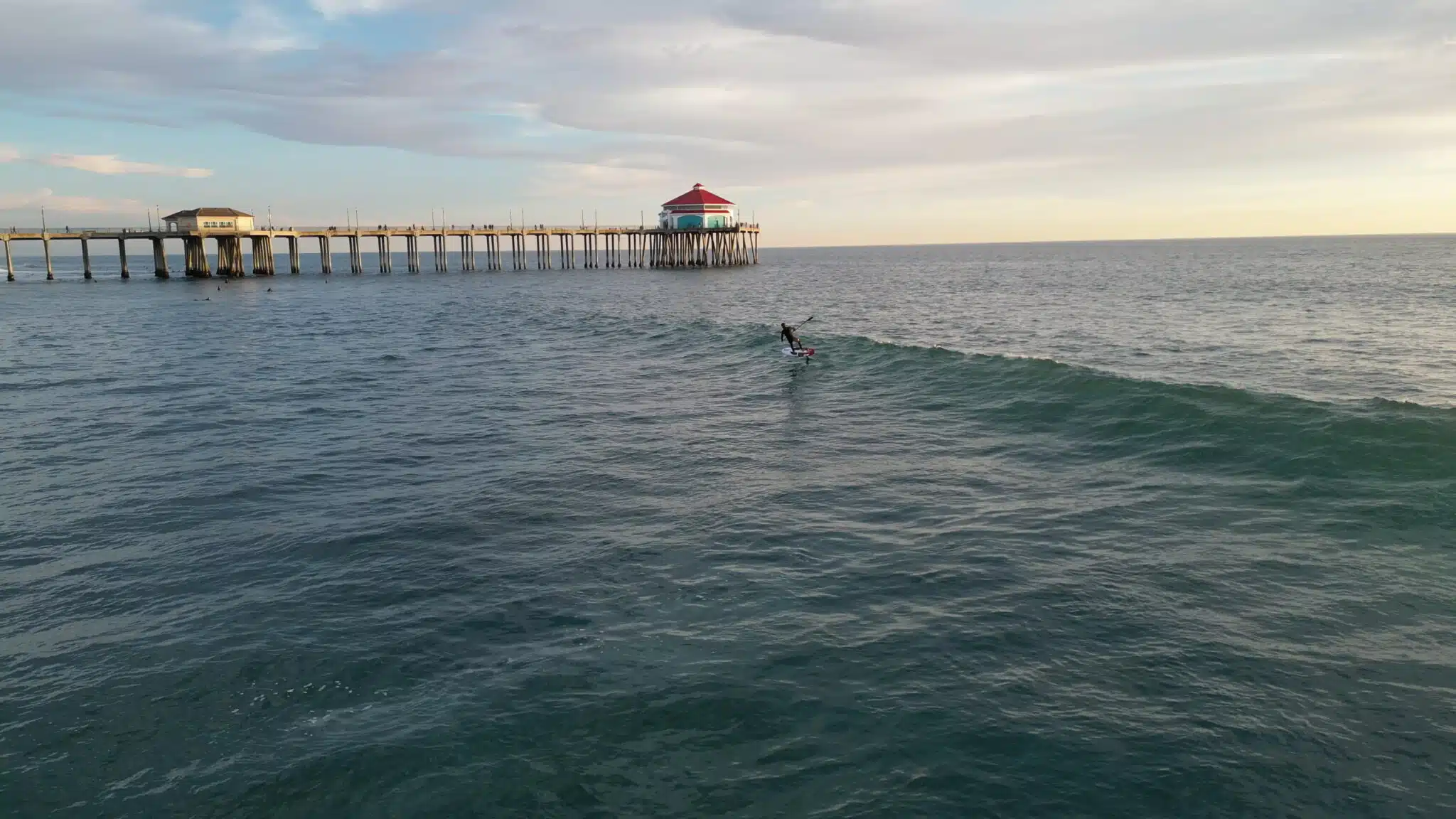
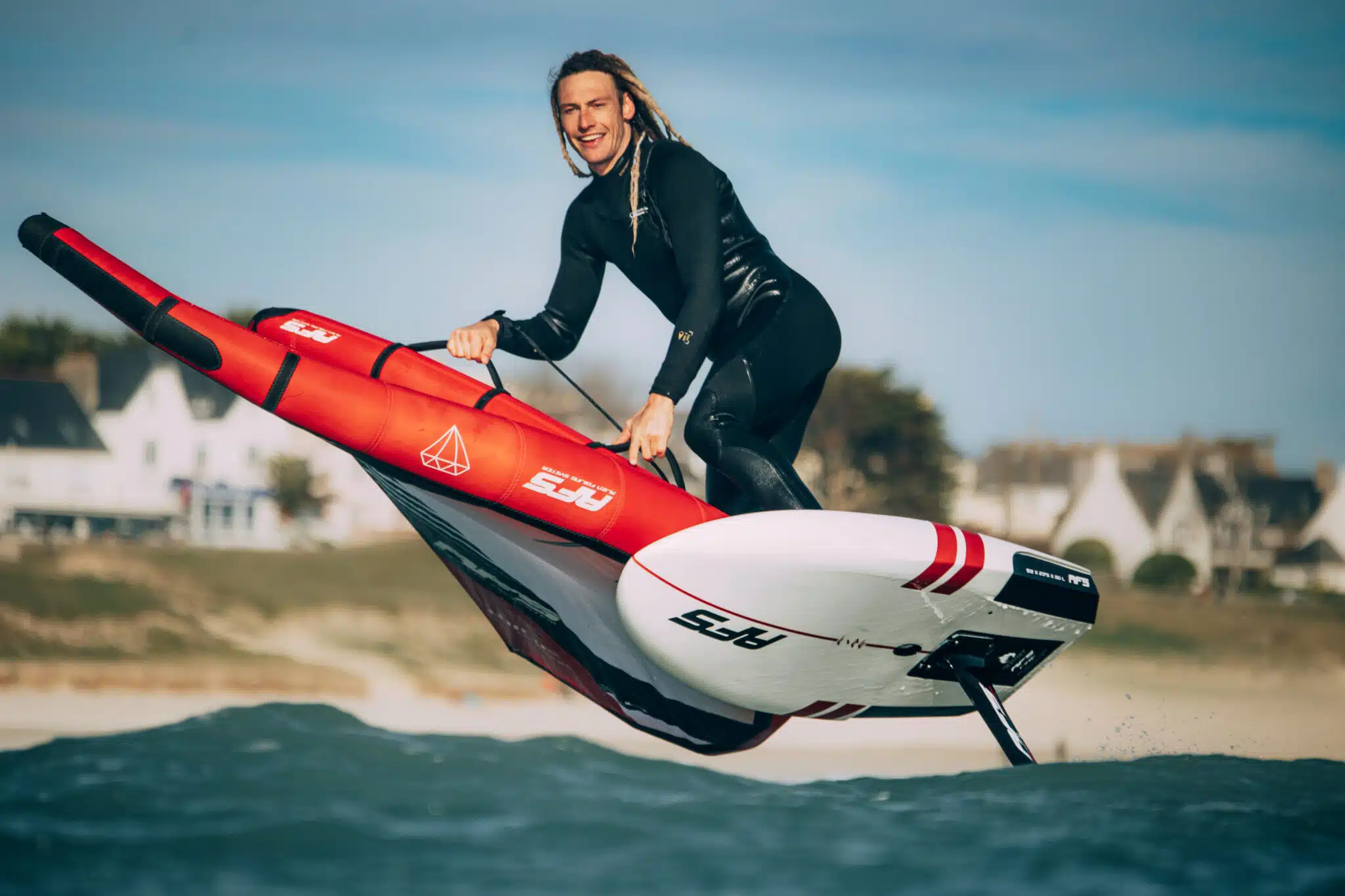

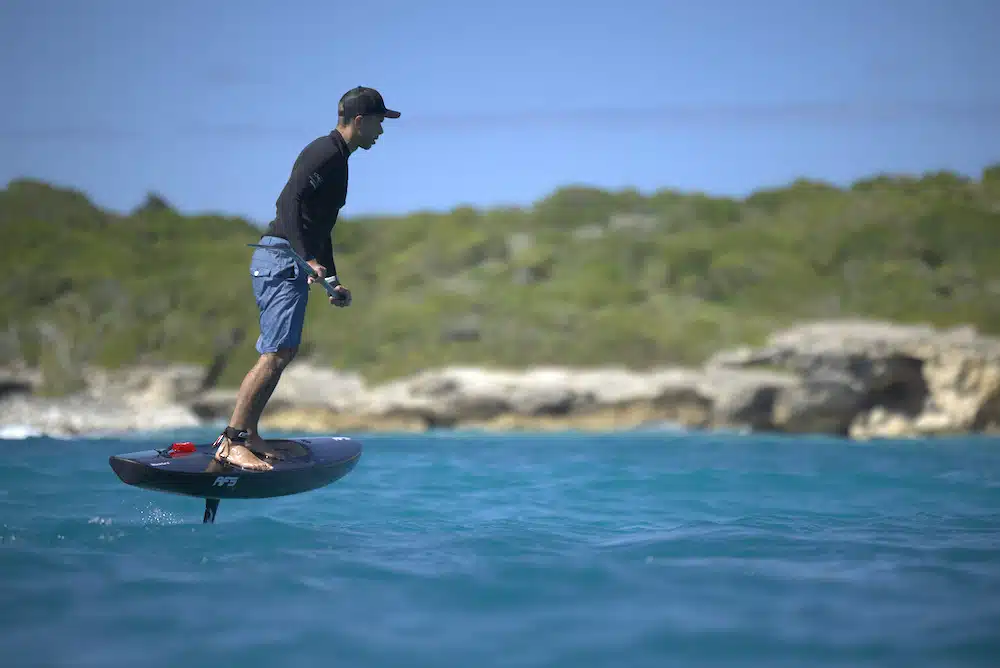
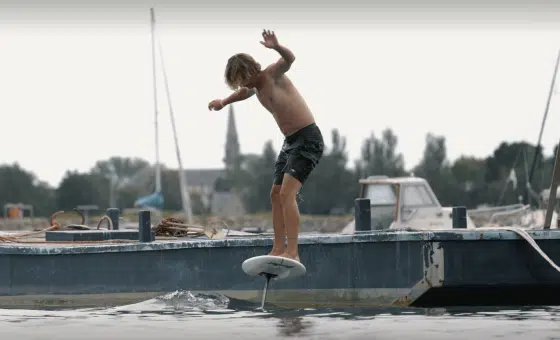
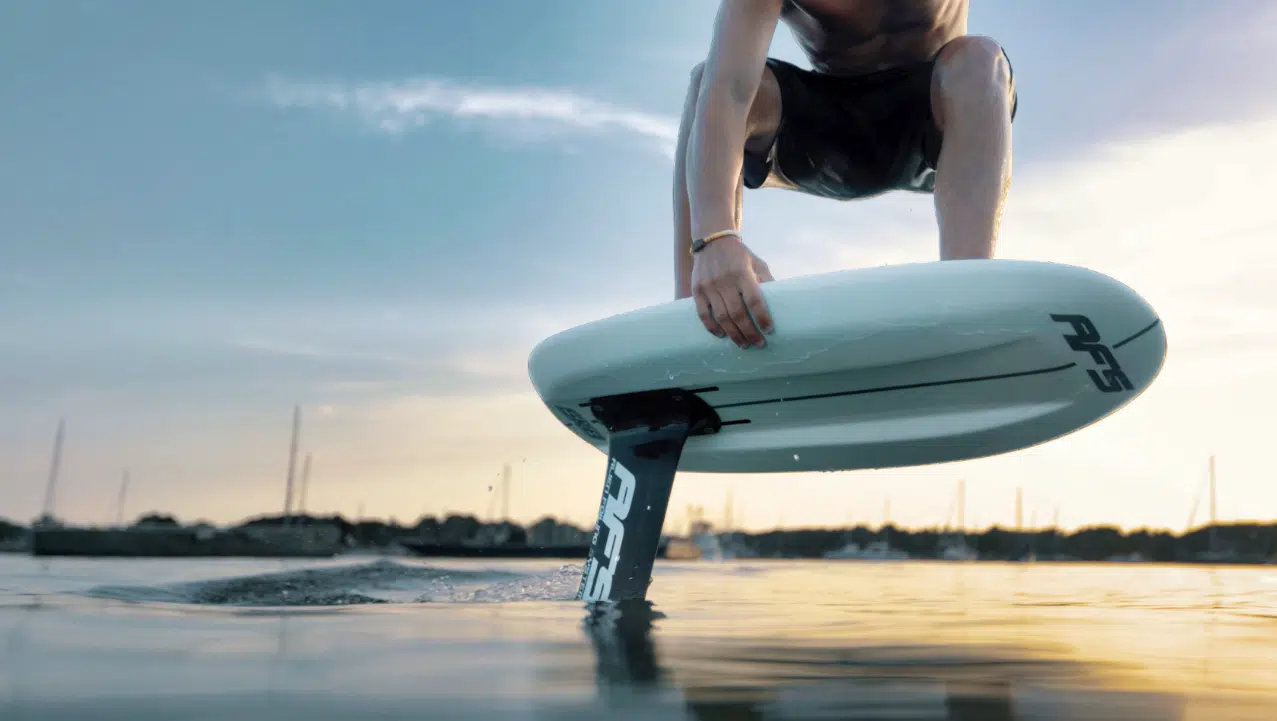
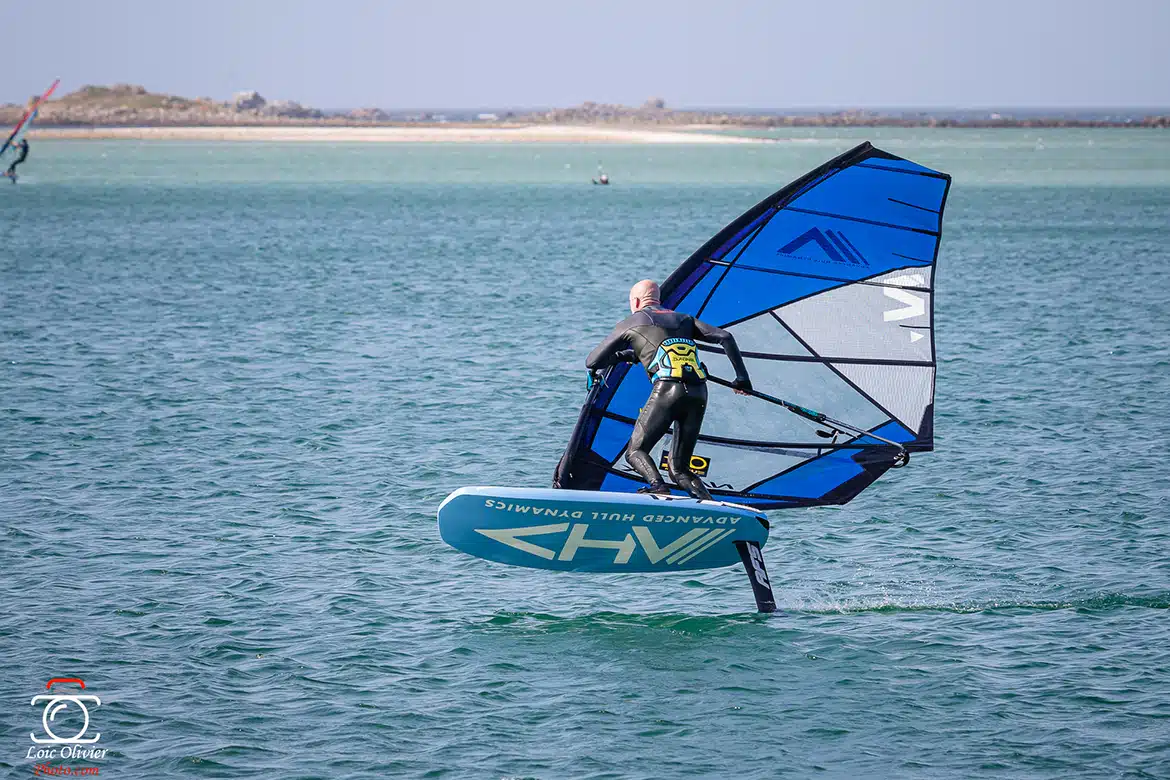
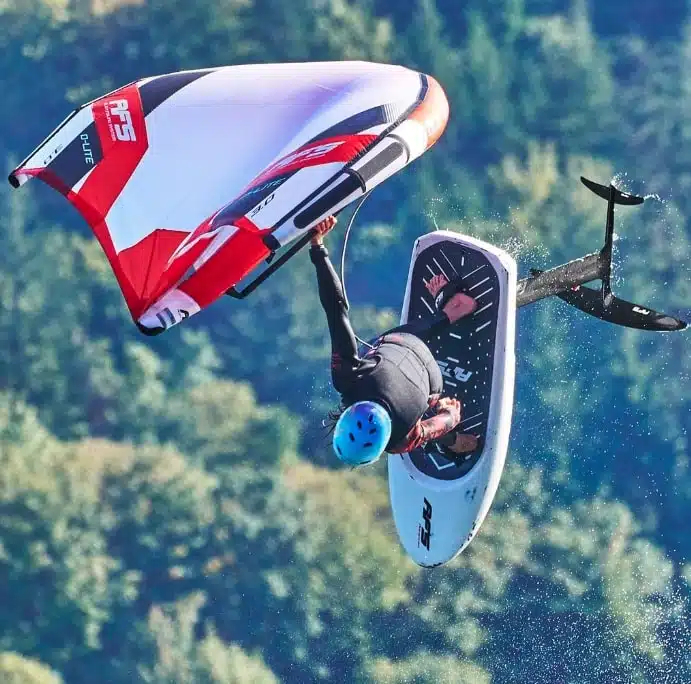
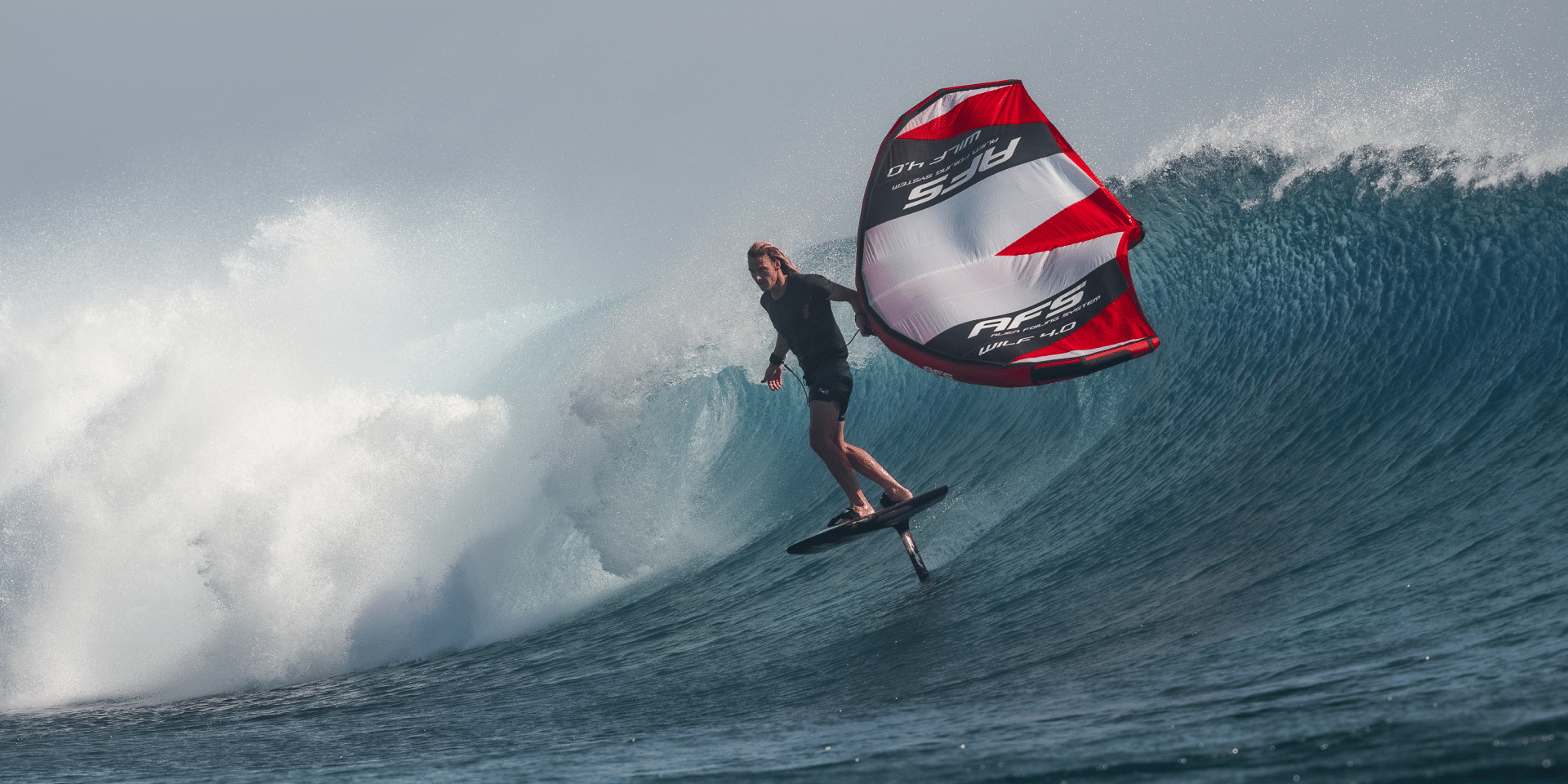
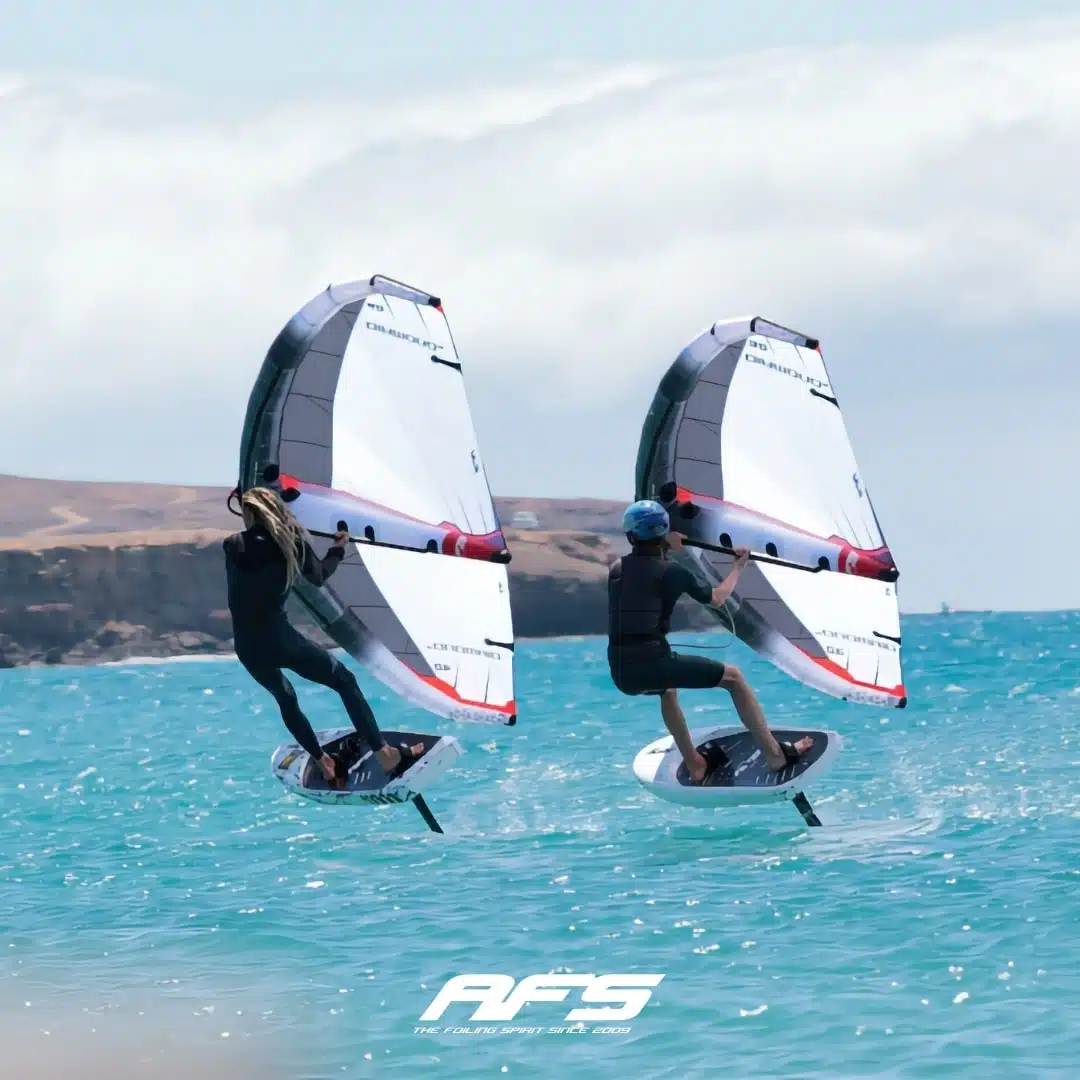
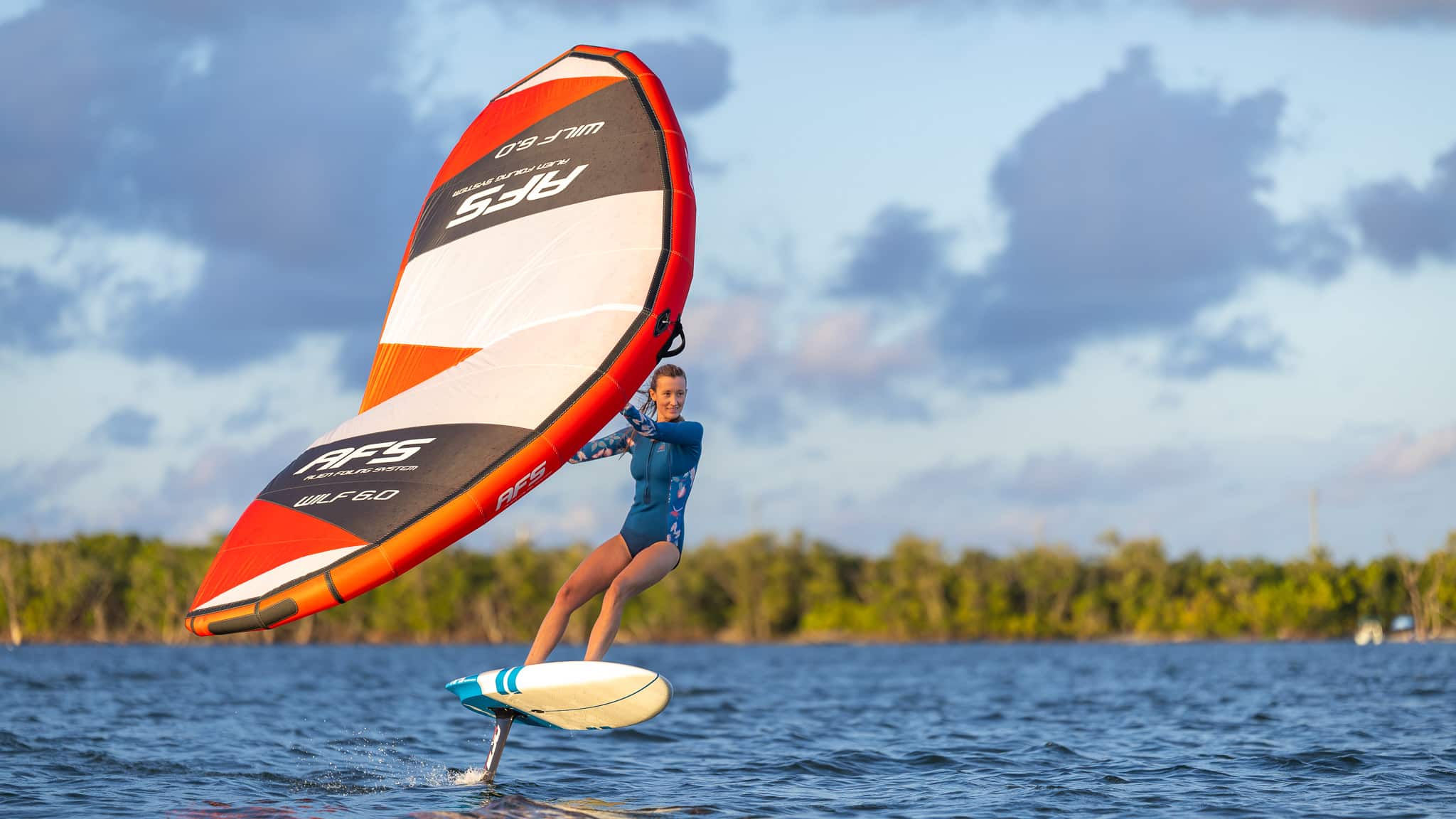

You will receive a product in excellent condition, with a few minor scratches from use.
Your product may have a few minor scratches or visual defects, but it's ready to take to the water again!
Despite deeper scratches or more pronounced visual defects, your product can take to the sea without hesitation: at this price, it's a shame to miss out!